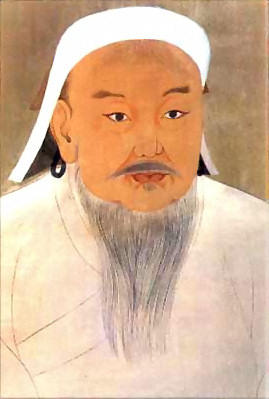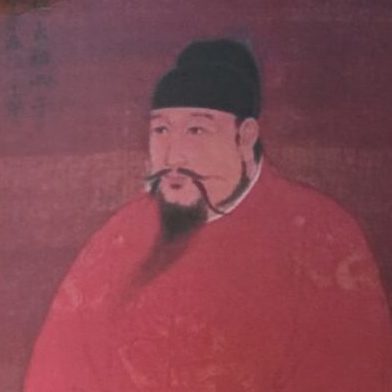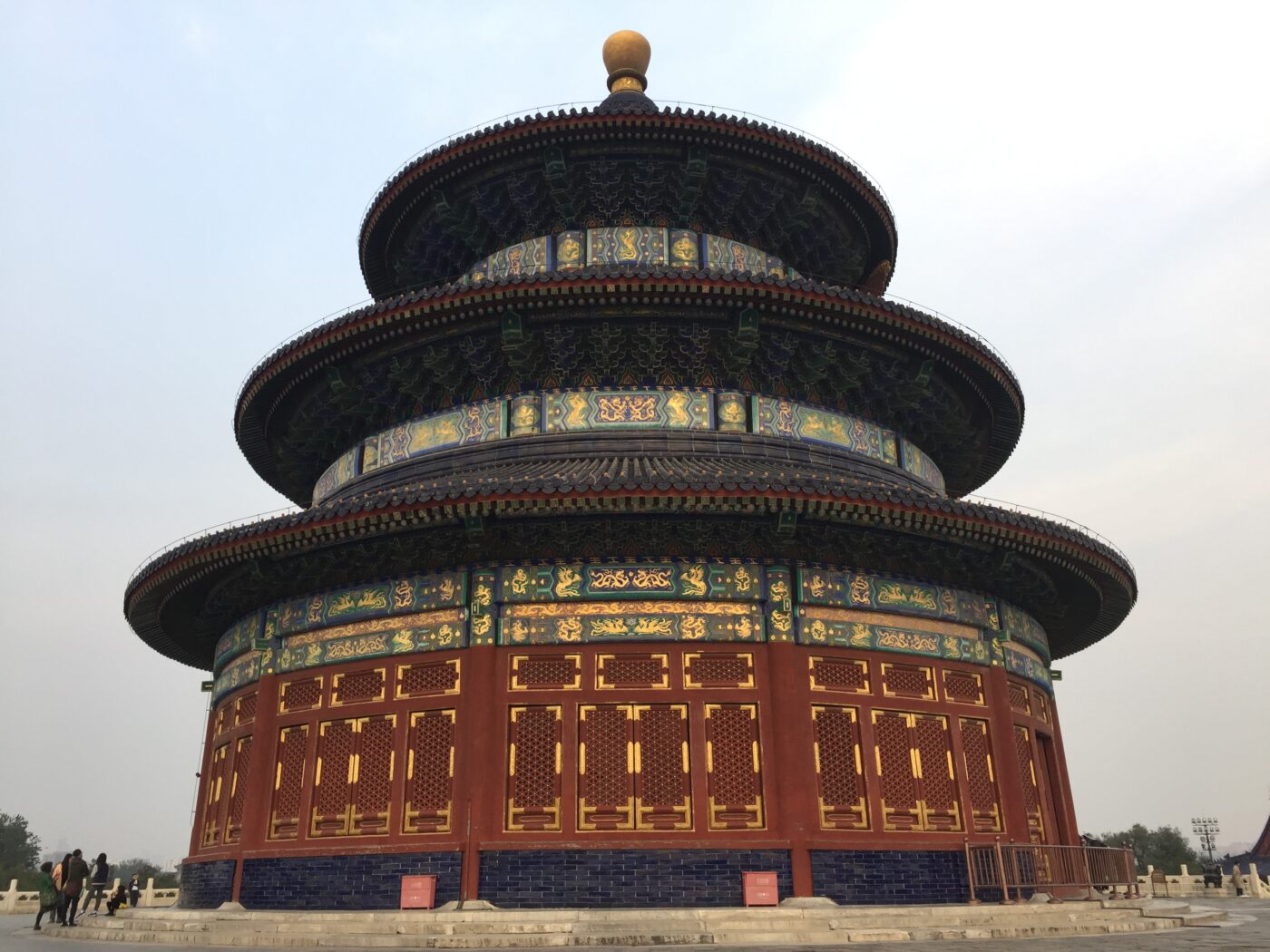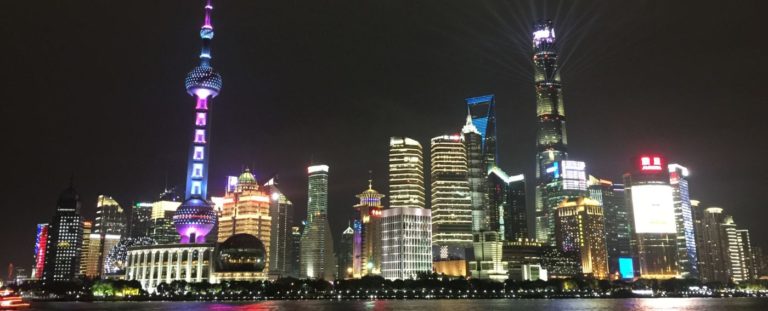By the beginning of the thirteenth century, one of the most important figures of world history, Genghis Khan, had begun to re-draw the map of Eurasia. When he finally went to his humble, unmarked grave, his armies, led by his sons, had ranged west from Mongolia through Central Asia, Persia and the Middle East, to Eastern Europe, and east into China and Korea. This was the largest empire in the history of man.

Until the fall of the Soviet empire in 1990, not much was known about the origins of Genghis Khan. The Soviets suppressed all history related to him to avoid any resurgence of his followers. An excellent and very readable re-interpretation of the legacy of this colossal leader is Genghis Khan and the Making of the Modern World. One of his top priorities was to see that the importance of the Silk Road continued to grow.
The reason the Mongols are relevant here is that, after years of trying, they finally conquered China. Kublai Khan, the grandson of Genghis, established the Yuan Dynasty in 1271. This was the first time in almost 1,500 years that China was not ruled by a Han. Compared to the other significant dynasties, it did not last very long. A mere 97 years. However, from the standpoint of the rapidly shrinking globe, a very important visitor made his appearance.
Marco Polo, a young Venetian lad, followed his father and his uncle from Italy to Beijing and back. The trip took 24 years, 1271-1295. He finally sailed home, only to find that the rival Genoese had taken over Venice and he was thrown in jail. While unquestionably inconvenient, this respite did give him the chance to dictate his travelogue, The Travels of Marco Polo, to a fellow prisoner. He was out four years later and his published memoirs began to paint a picture of the fascinating Far East for interested European audiences. By now, the Silk Road was a highway of flourishing business.

The Yuan Dynasty did not last long after Kublai Khan’s death. The Han Chinese took back control and established the famous Ming Dynasty. For the next 276 years, 1368 to 1644 CE, the 13 or so Ming emperors lived like kings. Their tombs are a tourist attraction today, though only one has been excavated. The Mings built some of the most impressive parts of the Great Wall to keep out the Mongols they had worked so hard to depose.
One of the most famous of the Ming was the Yongle Emperor, (Ming number III, after burning his brother, Ming number II, in a rebellious palace fire). This is the emperor who commissioned the famous Forbidden City in Beijing, one of the most famous royal residences on the planet. The Yongle (Perpetual Happiness) emperor was anxious to open China to the world, primarily because he wanted the rest of the world to visit his magnificent court and to kowtow, (to lie prostrate and touch your head to the ground three times), to him.
At huge expense to the national treasury, he outfitted four massive fleets to travel to foreign lands. Between 1421 and 1423, the four fleets sailed all over the oceans. Three of the fleets reached North and/or South America. One sailed back to China through the Arctic Ocean north of Siberia. One went around the world. They left tracks in many places, including settlements, carved monuments, and junk piles. Their cartographers solved the age old puzzle of measuring longitude and they produced invaluable maps.

When they returned to China, the emperor was dying. His son, Ming number IV, reversed his father’s open door policy and wiped out the history of the remarkable fleets. As it turned out, there was an Italian adventurer named Niccolo da Conti on one of the fleets. He returned to Italy and, ultimately, to Portugal, and shared the maps with Henry the Navigator.
So, when Columbus sailed the ocean blue, he had a map that already had Hispaniola on it. And Magellan’s map had Terra del Fuego. And Cook’s maps had Australia. The fascinating detective tale of the rediscovery of the accomplishments of these fleets is described in the highly recommended 1421: The Year China Discovered America.
In 1644, the restless Manchurians from Northeastern Siberia, taking advantage of a rebellion against the Ming, managed to breach the Great Wall, defeat both the rebellious and imperial armies, and take over China. They established the Qing Dynasty, the last of the Chinese dynasties, running 268 years from 1644 to 1912 CE.
Under the Qings, Chinese feudal society became even more stratified, formal, and ritualized. This inspired the last of the four primary works of Chinese literature, A Dream of Red Mansions (Chinese Classics, Classic Novel in 4 Volumes), sometimes referred to as the Dream of Red Chambers. The novel describes the good, bad, and ugly about life in all levels of Chinese society, as a critique of this rigid social structure in the eighteenth century.




